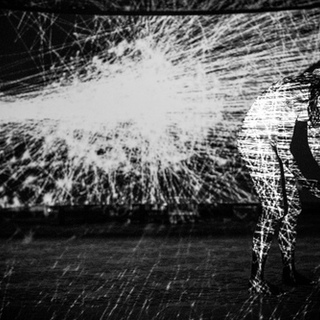(In)Visible Labor | Jessica Rajko
Understanding Roles and Responsibilities in Dance and Computing
Since the turn of the 21st century, interest in the cross-pollination of computing and dance has broadened across both research domains. Growing activity in what this presentation describes as the field of dance and computing often defines itself both in relation to and distinct from the broader field of dance and technology. In this, designating research as within/outside the dance and computing field is not so easy. In some respects, the nimble and nebulous nature of what comprises dance and computing research serves the field. Its broad reaching affiliations accommodate a wide variety of research questions and collaborative relationships. However, even as dance and computing research stretches and moves across boundaries constructed by their perspective areas of practice, some key structures, methods, and communities have begun to etch a boundary between of what is(n’t) generally understood as dance and computing. These tacit thresholds mostly created through a repetition of practice and presentation, influence not only what but who is(n’t) seen as doing the work of the field.
In this presentation, we will discuss both what is and could be considered dance and computing research by looking at the activity of those working in and around the field. Our conversation will be informed by a large corpus study comprised of 135 papers extracted from the Association of Computing Machinery (ACM) Digital Library using the general keyword search term “dancer.” Using the corpus analysis as a launching point, we will review emergent trends and notable gaps found within the data. This analysis will be woven with an in-depth, and slightly humorous exploration of contemporary trends in robotics and dance research, including a review of recent efforts by Boston Dynamics to make their robots dance. Through both a macro analysis of broad trends and an in-depth case study of dancing robots, this presentation describes and navigates structures rooted in both dance and computing that influence who and what is seen as doing the labor of dance and computing research.
